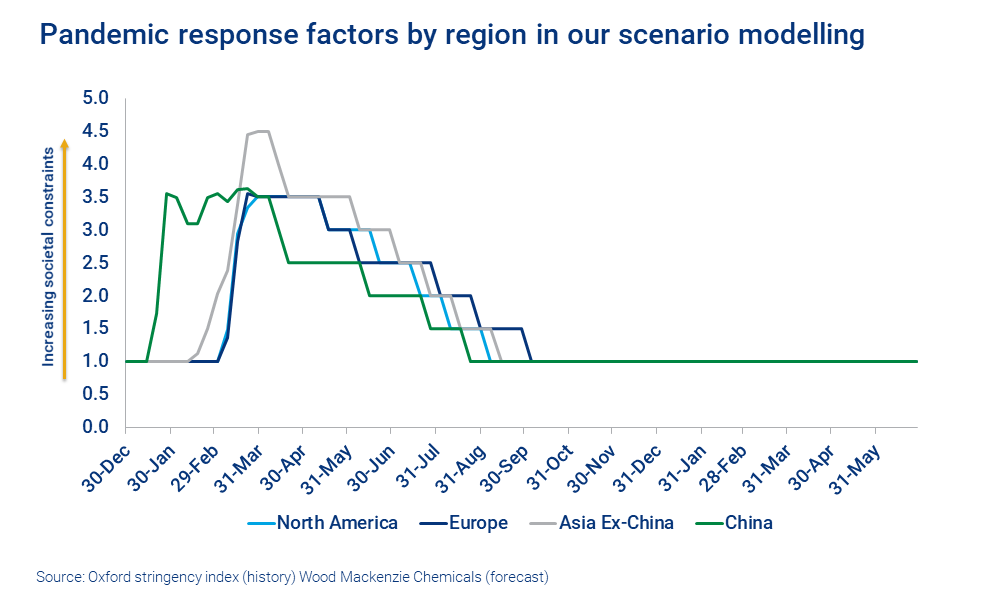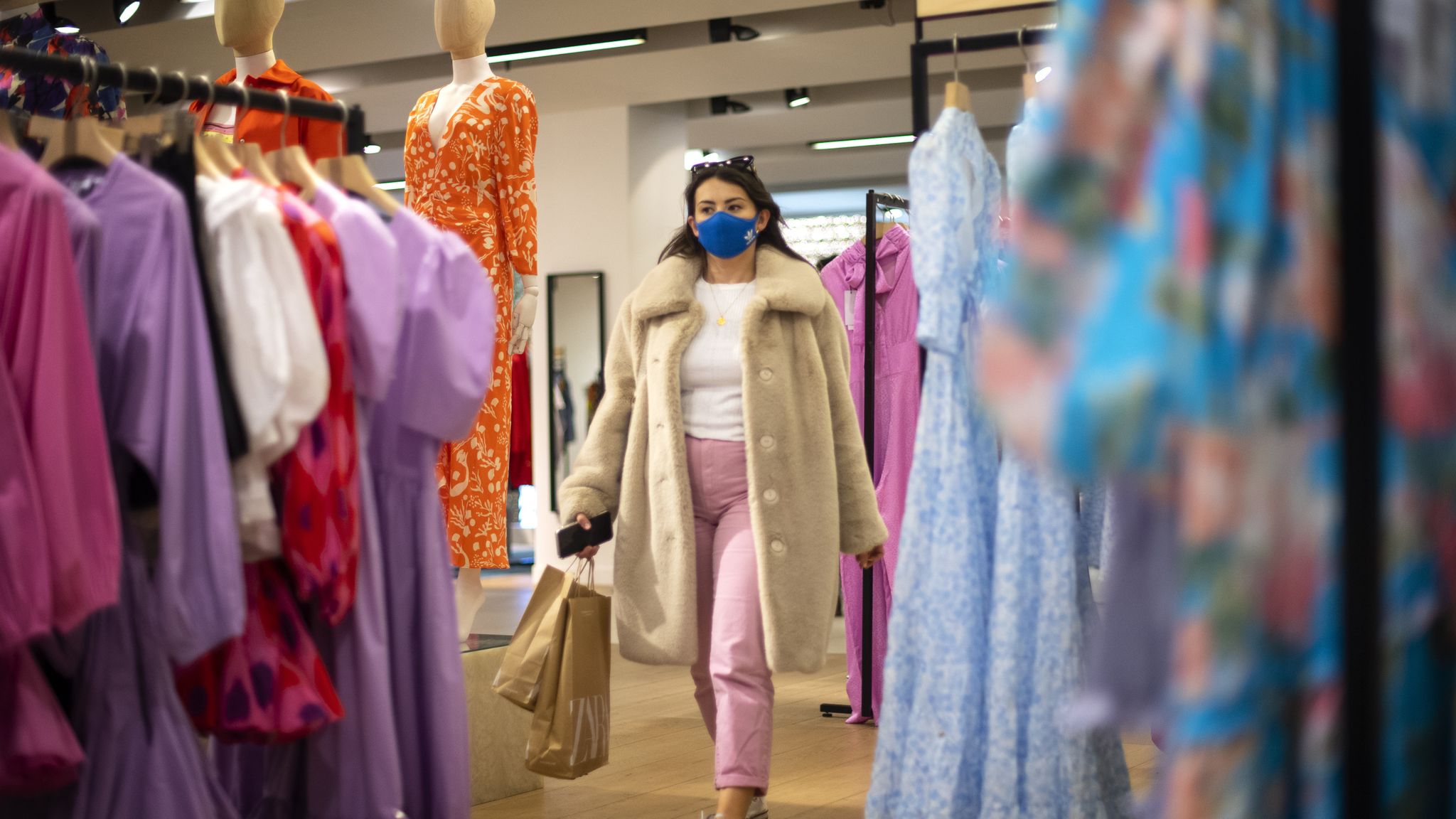

In this context we need to bring inflation down to around 5 percent very quickly," he added. "The problem is that we have still to return to the pre-pandemic trend line, and we have still not recovered from the growth slowdown that began four or five years ago. "Whatever we have done or may do in 2022 can only bring inflation down in mid-2023," the Times of India quoted him as saying in an interview. Reacting to the inflationary trend, Jayanth Verma, a member of the RBI Monetary Policy Committee (MPC), said inflation will not be brought down before mid-2023. In a report released earlier this month, the RBI said the fight against inflation will be "dogged and prolonged" as the monetary policy operates with long and variable lags. The "comfort level" of retail inflation as per the Reserve Bank of India (RBI), India's central bank, is 4 percent.

Some of the vegetables like peas, carrots and leafy vegetables like spinach, fenugreek and chenopodium album usually consumed during winter continue to be out of the common man's reach. Prices of daily use items, including food, are on the rise. I hope this happy atmosphere continues," he tweeted.Īs per the latest available official figures, the rate of retail inflation in India rose to 7.41 percent in September, up from 7 percent a month ago. "People were deprived of celebrations due to COVID-19 in the last two years, but this time people are enthusiastic about it. "This year, the surge is much larger due to pent-up demand as COVID-19 recedes after two years of devastating the economy," said the report.Ī prominent political leader and chief minister of the western Rajasthan state, Ashok Gehlot, said people were keen to indulge in Diwali celebrations this year. dollars), this year's estimates are around 2.5 trillion Indian rupees (over 30 billion dollars). Quoting figures of the Confederation of All India Traders (CAIT), the Print online newspaper reported that compared to last year's Diwali festival sale of 1.25 trillion Indian rupees (around 15 billion U.S. The phenomenal rise in purchasing capacity, also known as pent-up demand, is attributed to the improvement of employment over the past couple of months.

Companies offered huge discounts in a bid to maximize their sales. Most of the items bought by people during the festive season included new clothes, jewelry, house decorating materials, bikes and cars. 26 (Xinhua) - Diwali, one of the biggest festivals enjoyed by almost all the communities across India, was celebrated on Monday with much pomp and show compared to the previous two years when the COVID-19 pandemic spoiled the festive mood.ĭuring the past two years, people generally kept themselves to their homes, away from markets and public places amid joblessness and salary cuts.ĭespite the inflationary pressure in the South Asian country with the retail inflation hitting nearly 7.5 percent, people were seen indulging in shopping over the past two weeks with almost all markets in every town and city being over-crowded. dollars, this year's estimates are over 30 billion dollars. Compared to last year's Diwali festival sale of around 15 billion U.S. (Str/Xinhua)ĭiwali is one of the biggest festivals enjoyed by almost all the communities across India. People light firecrackers to celebrate Diwali, or the festival of lights, in Bangalore, India, Oct.


 0 kommentar(er)
0 kommentar(er)
